Hyundai Ioniq 6, the brand’s newest EV, impresses with its all-round ability and sweeping lines
We drive the Hyundai Ioniq 6, an electric sports saloon with an idiosyncratic sense of style and lashings of tech
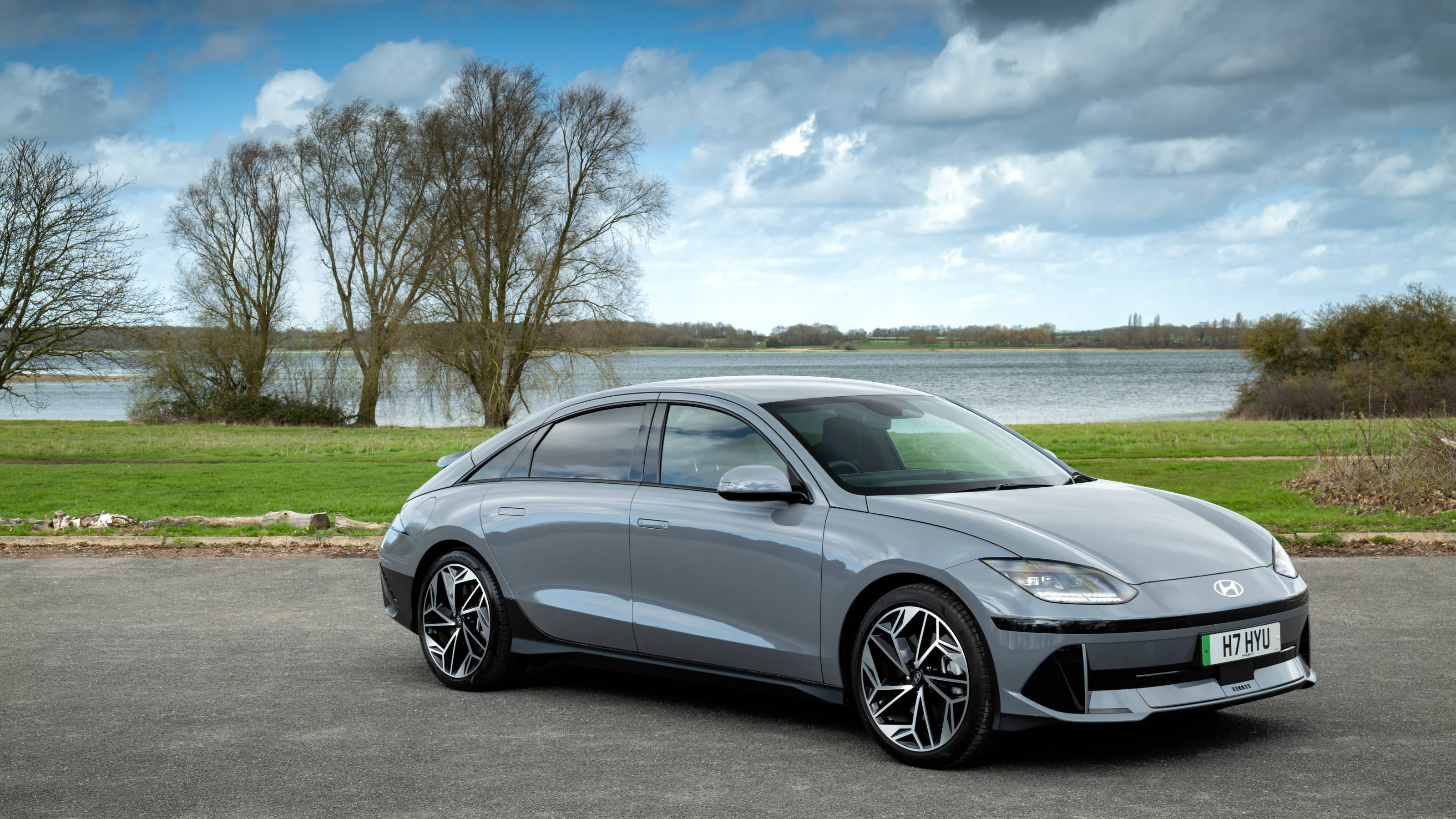
In the transition to electrification, few mass-market production car makers have caused as much of a stir as Hyundai. The Korean company pushed the boundaries of convention with its Ioniq 5 model and then unveiled the closely related Ioniq 6. With the latter recently awarded the World Car of the Year 2023, we got behind the wheel of a top spec Ioinq 6 to experience Hyundai’s electric flagship.
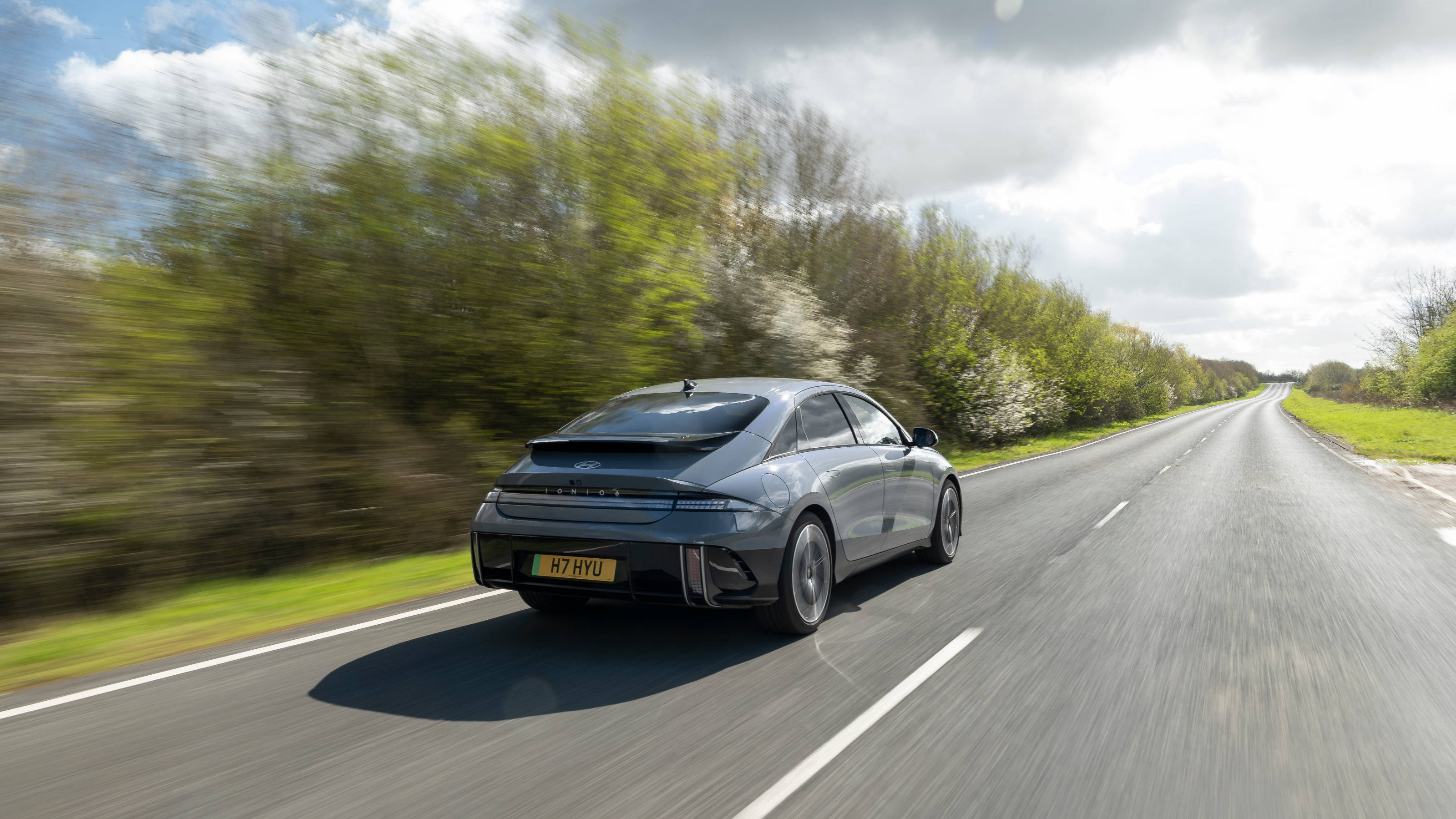
Compared to the faceted form of its sister model, the 5, the Ioniq 6 is a very different aesthetic proposition. A swooping, curvaceous body brings to mind early experiments in streamlined design, or perhaps even a four-door Volkswagen Beetle. From the rear, the collision of spoiler, boot lid and full-width lightbar with its downturned edges has been likened by some to the classic Porsche 911 Turbo; regardless of the aesthetic intention, this sets the 6 apart as a sportier proposition.
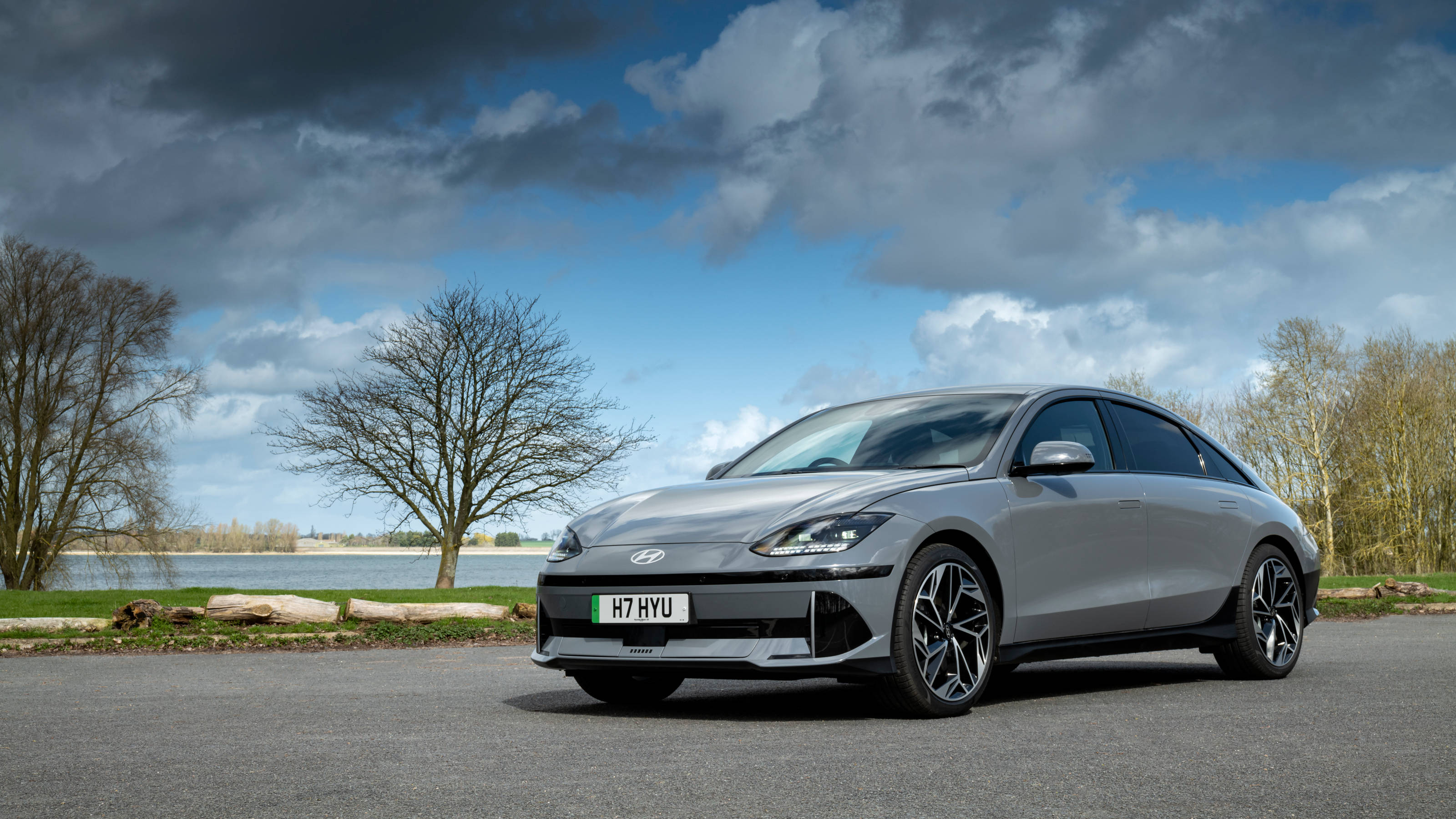
Hyundai is more than happy for you to give into temptation and indulge in the propulsive shove that characterises an electric powertrain. All models share the same 77.4 kWh battery, but the all-wheel drive model adds another motor and is substantially faster as a result, with a 0 to 60 mph time of 5.1 seconds. As with every EV, it’s not about top speeds, but acceleration, both from a standstill and at overtaking speeds.
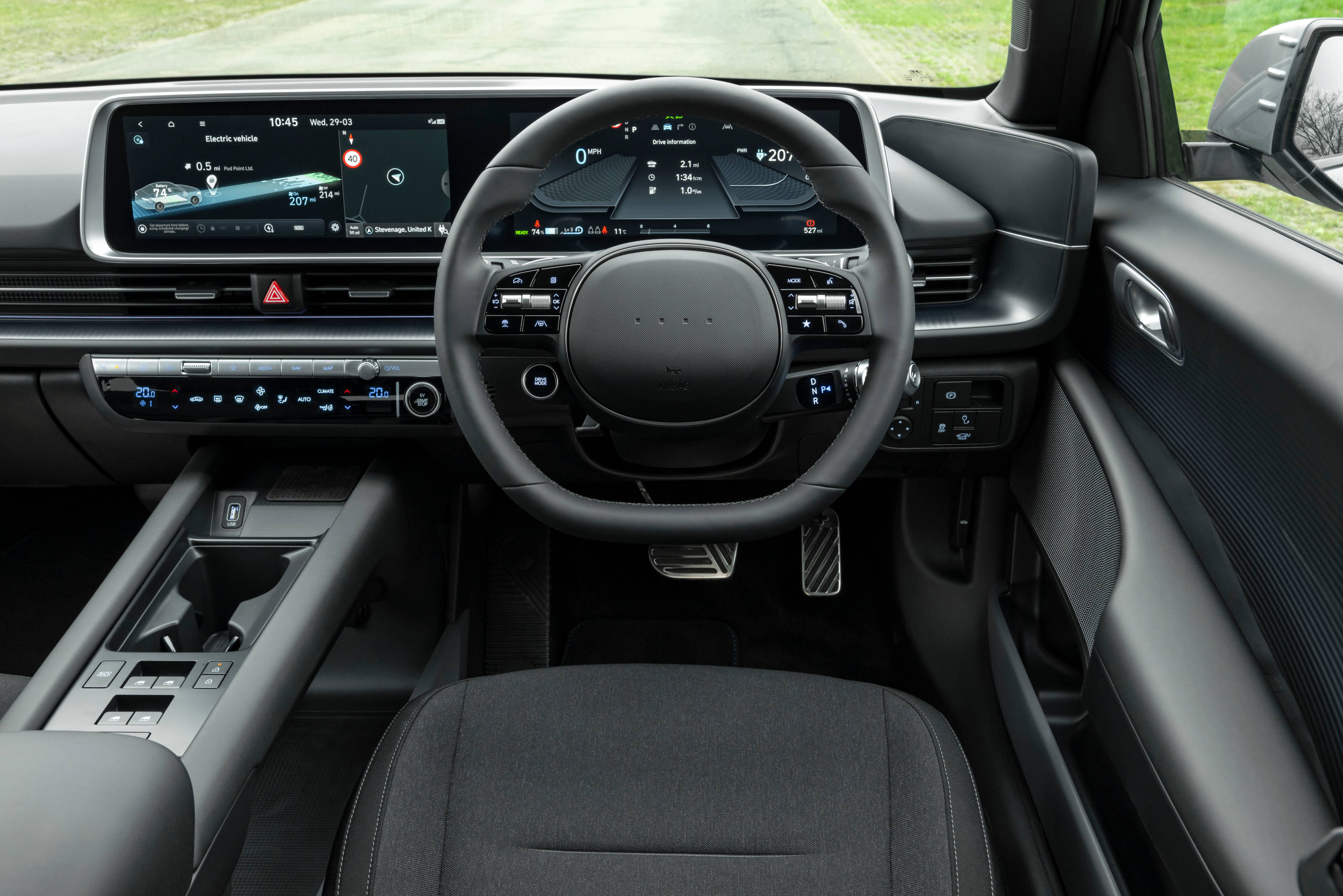
Around fast corners, the Ioniq 6 tracks securely and comfortably, with minimal body roll, and suspension that conceals its mass well. The driving position is rather high, but this is not a traditional sports car, more of a sporting saloon. In any case, you’ll be spending most of your time in the ‘Eco’ drive mode, which maximises range at the expense of slower acceleration. The 6 also has a punchy regenerative braking system which makes one-pedal driving a breeze – simply use the left steering wheel paddle to engage.
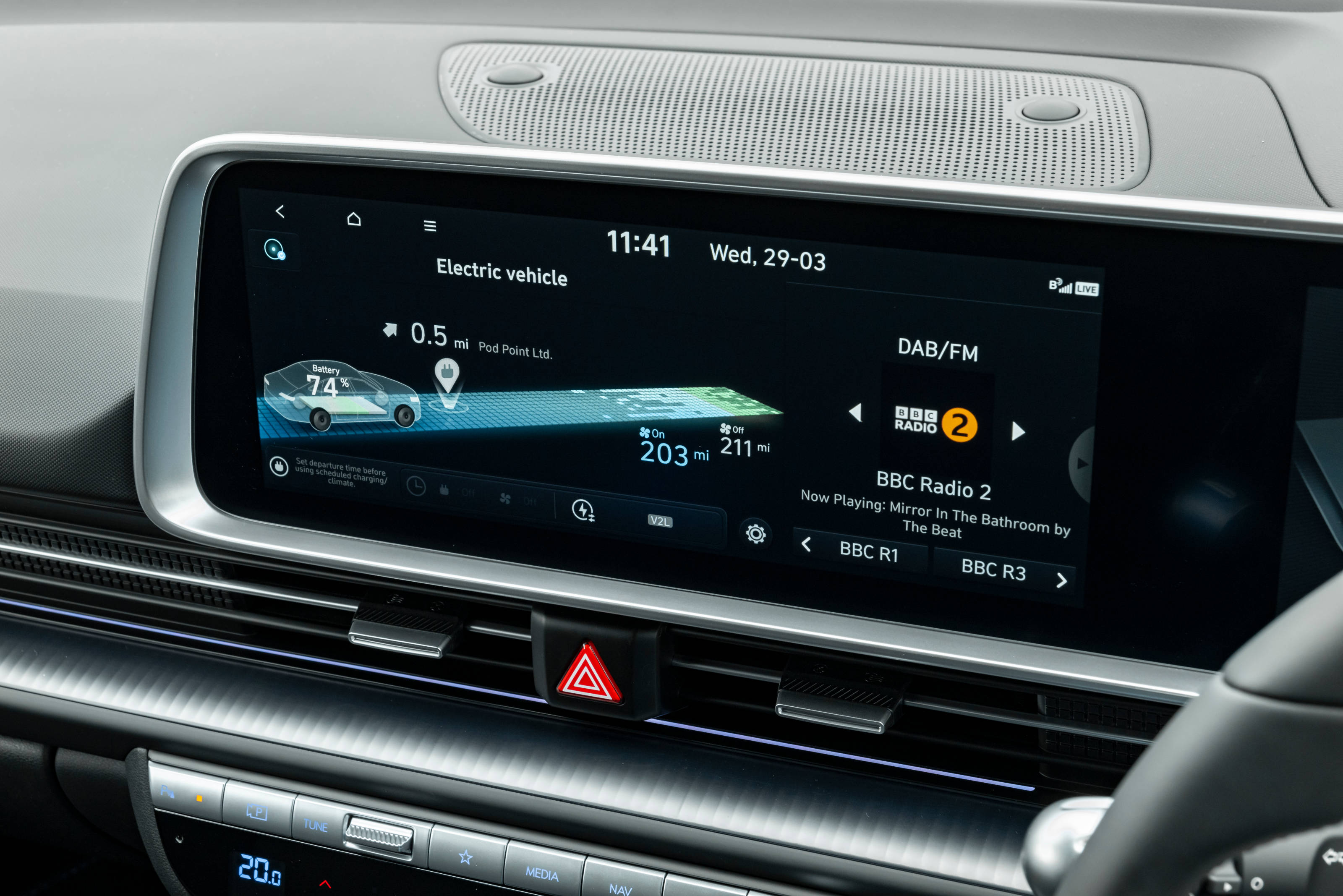
Absolute maximum range – one that’s all but unobtainable outside of laboratory conditions – is 338 miles. That should mean a comfortable c300 mile range in day-to-day use, which is our sweet spot for effectively vaporising range anxiety (something we probably won’t even remember in five years’ time). Add in 350Kw charging, the fastest currently available, and the Ioniq 6 can be taken from ten to 80 per cent charge in under 20 minutes.
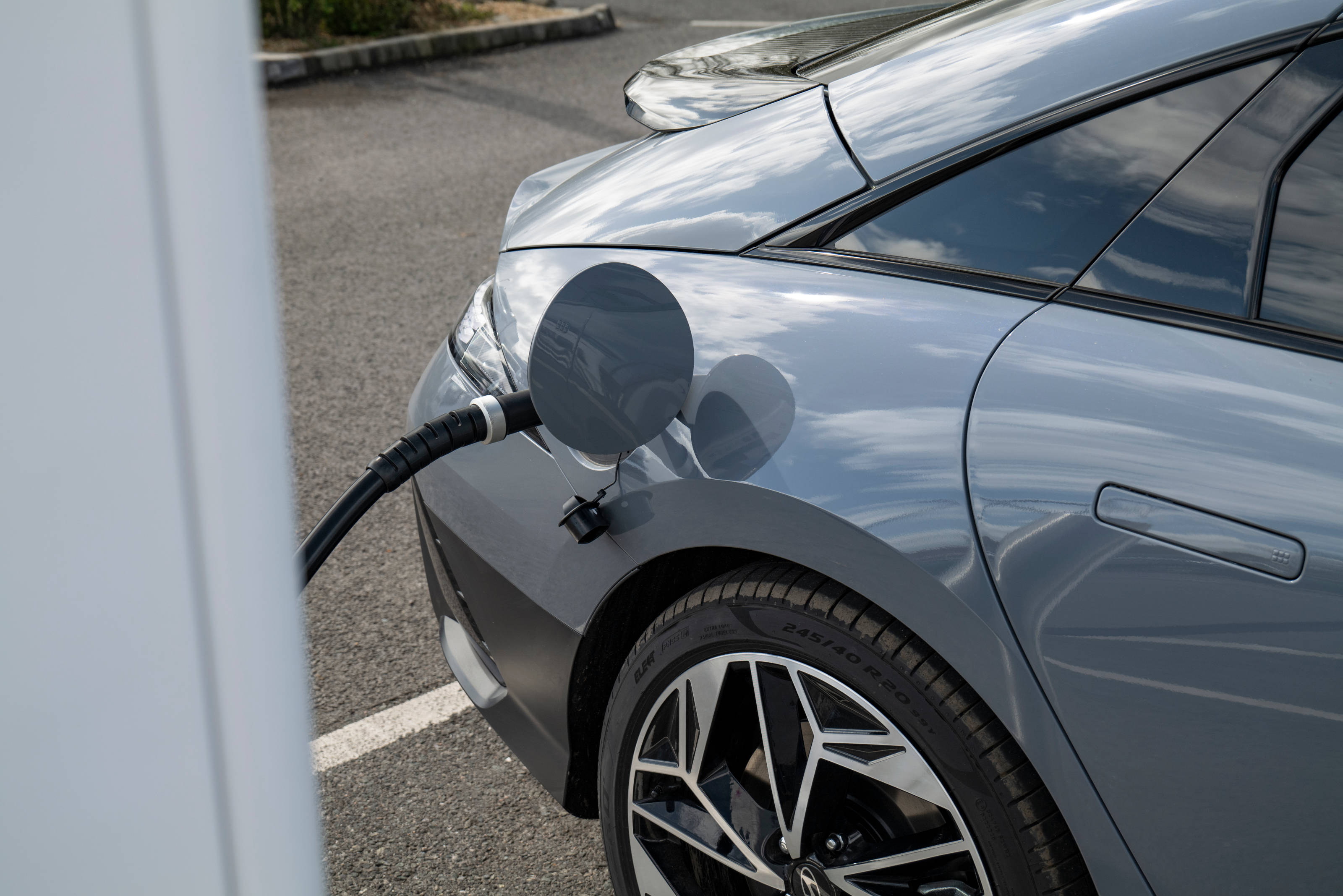
Inside, the accommodation is similar in scope and scale to the Ioniq 5. There is a slightly more premium feel, especially with the raised centre console with a handy storage underneath and the most premium models get heated seats all round and a useful complement of USB charge points. Points are docked for not allowing Android Auto or Apple CarPlay to operate wirelessly, however. A head-up display completes a comprehensively equipped dash – only the paucity of physical buttons for climate control lets the side down.
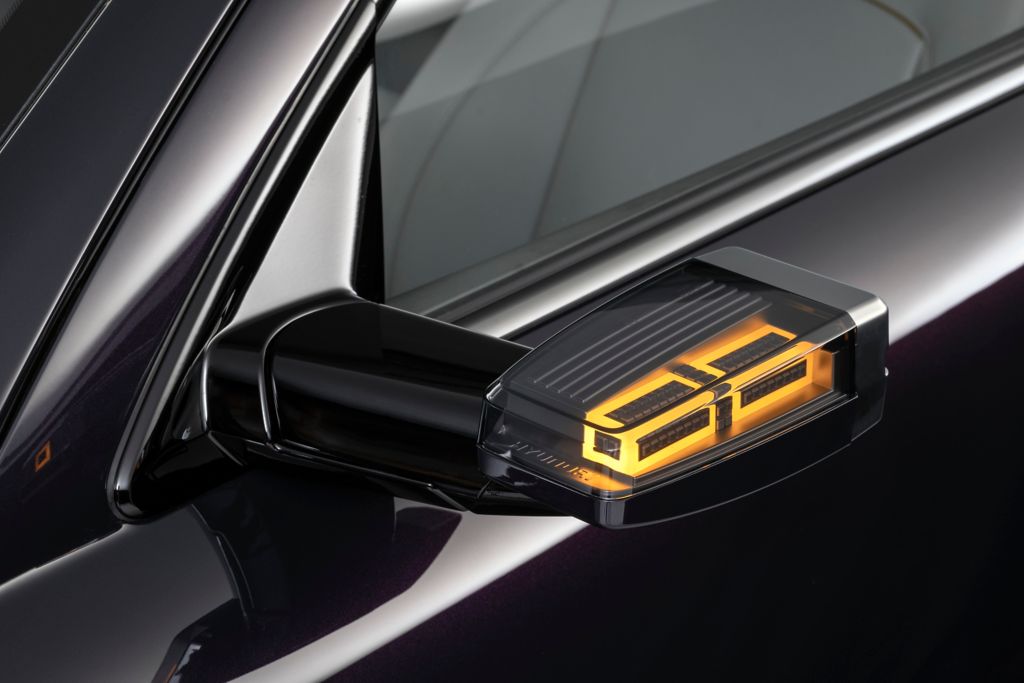
Another functionalist misstep is the inclusion of wing mirror cameras in the top spec model. These reduce the car’s width and improve aerodynamics, but the benefits don’t outweigh the downsides. Each screen is angled inwards and placed at the far ends of the dashboard and it takes a while to look inside the car instead of at the (rather bulky) camera units on the doors. The picture offers decent definition, but there’s a hint of the uncanny about looking at a screen, rather than a reflection, that implies less immediacy to whatever it is zooming up behind you.
Wallpaper* Newsletter
Receive our daily digest of inspiration, escapism and design stories from around the world direct to your inbox.
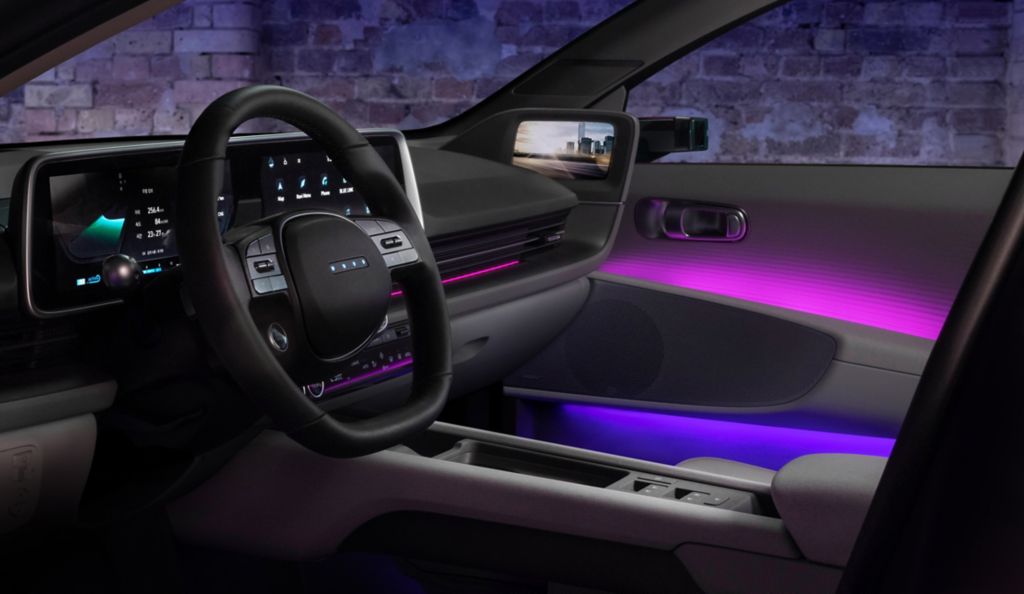
Other minor quibbles include the incessant bings and bongs emitted by the car’s various warning systems. They’re all switchable, naturally, but everything reverts back to its most alarmist when you restart the car (as legislation now requires). Obey the rules diligently for a quiet life.
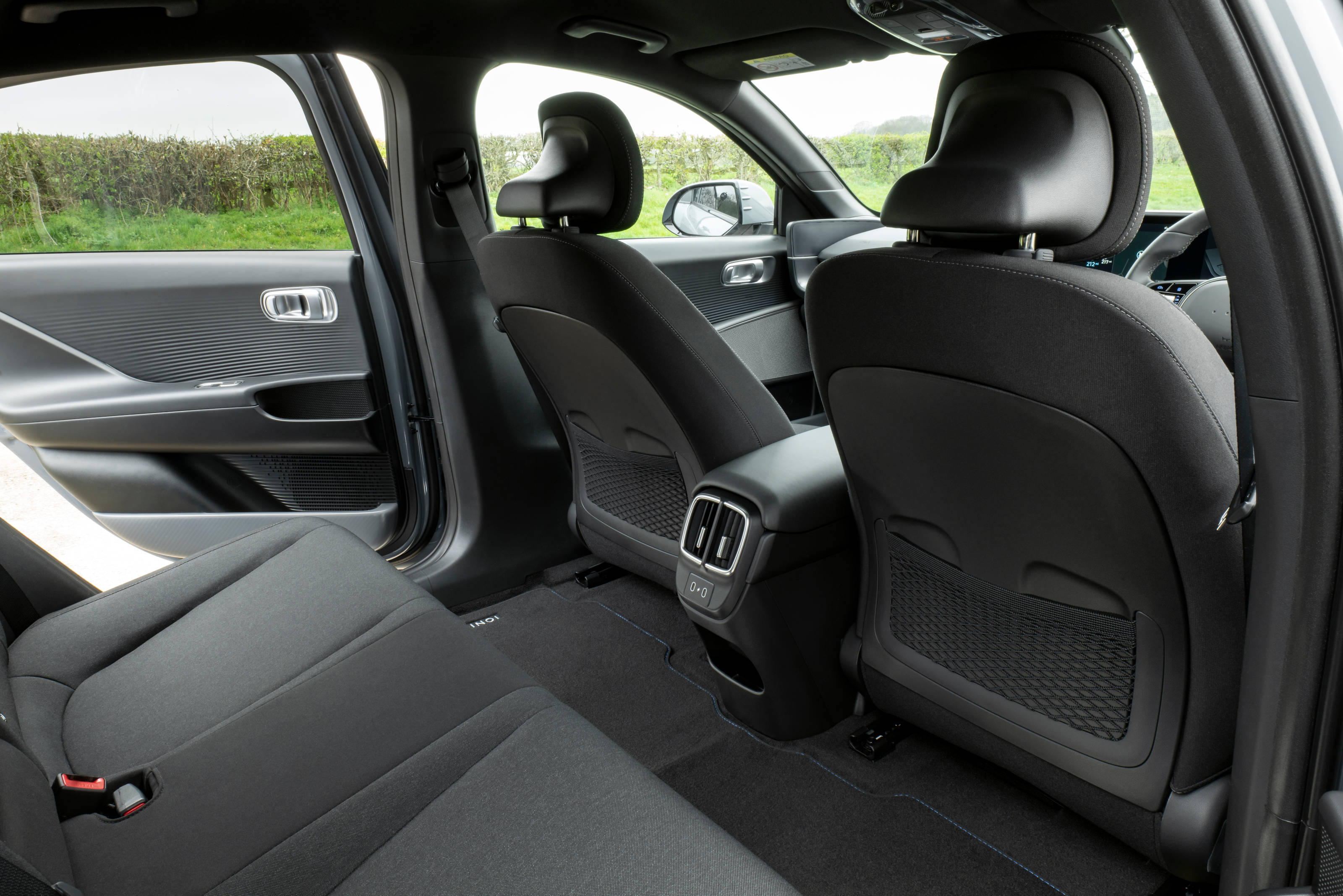
The Hyundai Ioniq 6 is distinctive without being awkward, technically accomplished and well equipped. It’s an easy car to live with and an easy car to recommend, especially as proper four-door electric saloons are still rather thin on the ground. This car gives this unfashionable sector a much-needed shot in the arm.
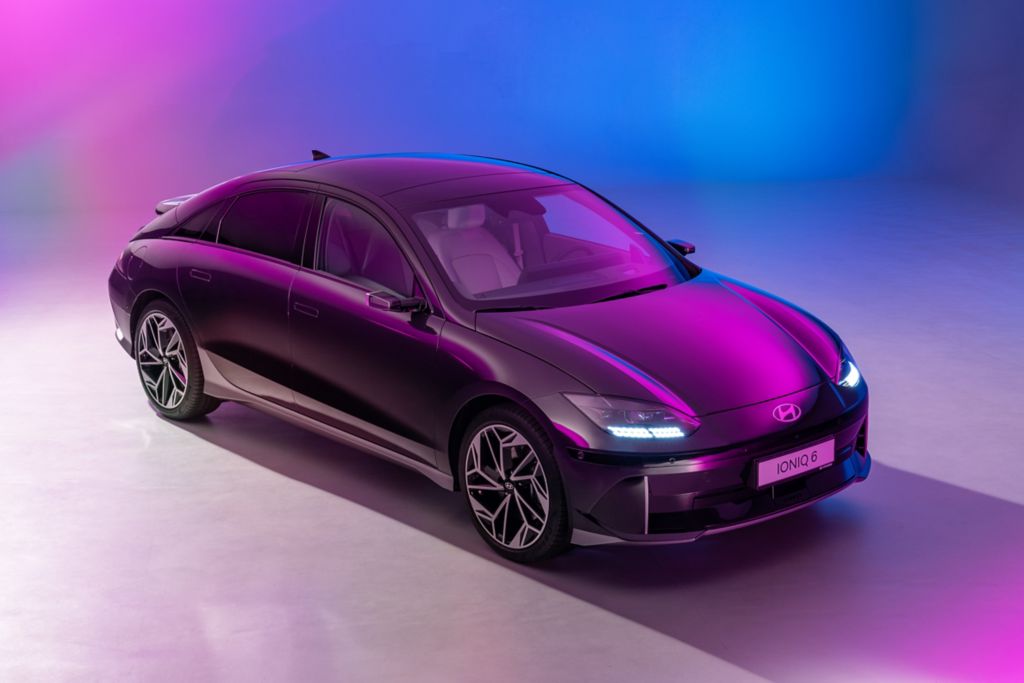
Hyundai IONIQ 6, from £47,040. Ultimate AWD model from £55,035, Hyundai.com
Jonathan Bell has written for Wallpaper* magazine since 1999, covering everything from architecture and transport design to books, tech and graphic design. He is now the magazine’s Transport and Technology Editor. Jonathan has written and edited 15 books, including Concept Car Design, 21st Century House, and The New Modern House. He is also the host of Wallpaper’s first podcast.
-
 Put these emerging artists on your radar
Put these emerging artists on your radarThis crop of six new talents is poised to shake up the art world. Get to know them now
By Tianna Williams
-
 Dining at Pyrá feels like a Mediterranean kiss on both cheeks
Dining at Pyrá feels like a Mediterranean kiss on both cheeksDesigned by House of Dré, this Lonsdale Road addition dishes up an enticing fusion of Greek and Spanish cooking
By Sofia de la Cruz
-
 Creased, crumpled: S/S 2025 menswear is about clothes that have ‘lived a life’
Creased, crumpled: S/S 2025 menswear is about clothes that have ‘lived a life’The S/S 2025 menswear collections see designers embrace the creased and the crumpled, conjuring a mood of laidback languor that ran through the season – captured here by photographer Steve Harnacke and stylist Nicola Neri for Wallpaper*
By Jack Moss
-
 2025 Seoul Mobility Show report: all that's new and notable
2025 Seoul Mobility Show report: all that's new and notableOpened at a time of high national drama, the 2025 Seoul Mobility Show has gone on to underscore Korea’s place at the cutting edge of the auto industry. Guy Bird was there
By Guy Bird
-
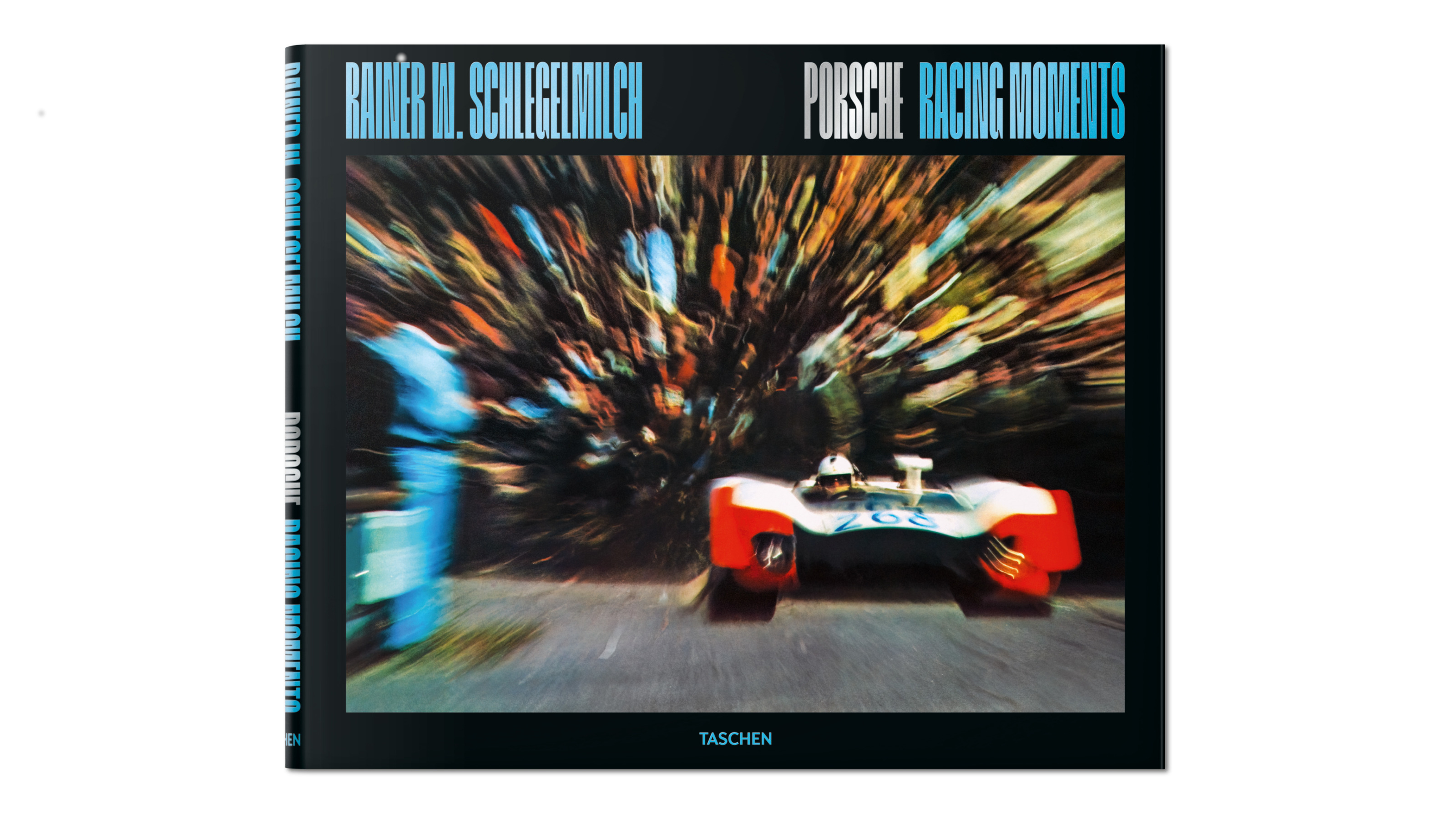 Rainer W. Schlegelmilch's Porsche photography showcases the aesthetics of speed
Rainer W. Schlegelmilch's Porsche photography showcases the aesthetics of speedTaschen's new edition of Rainer W. Schlegelmilch’s collected imagery from a quarter of a century spent following Porsche racing highlights historical machines, emotive camera technique and major moments on the track
By Jonathan Bell
-
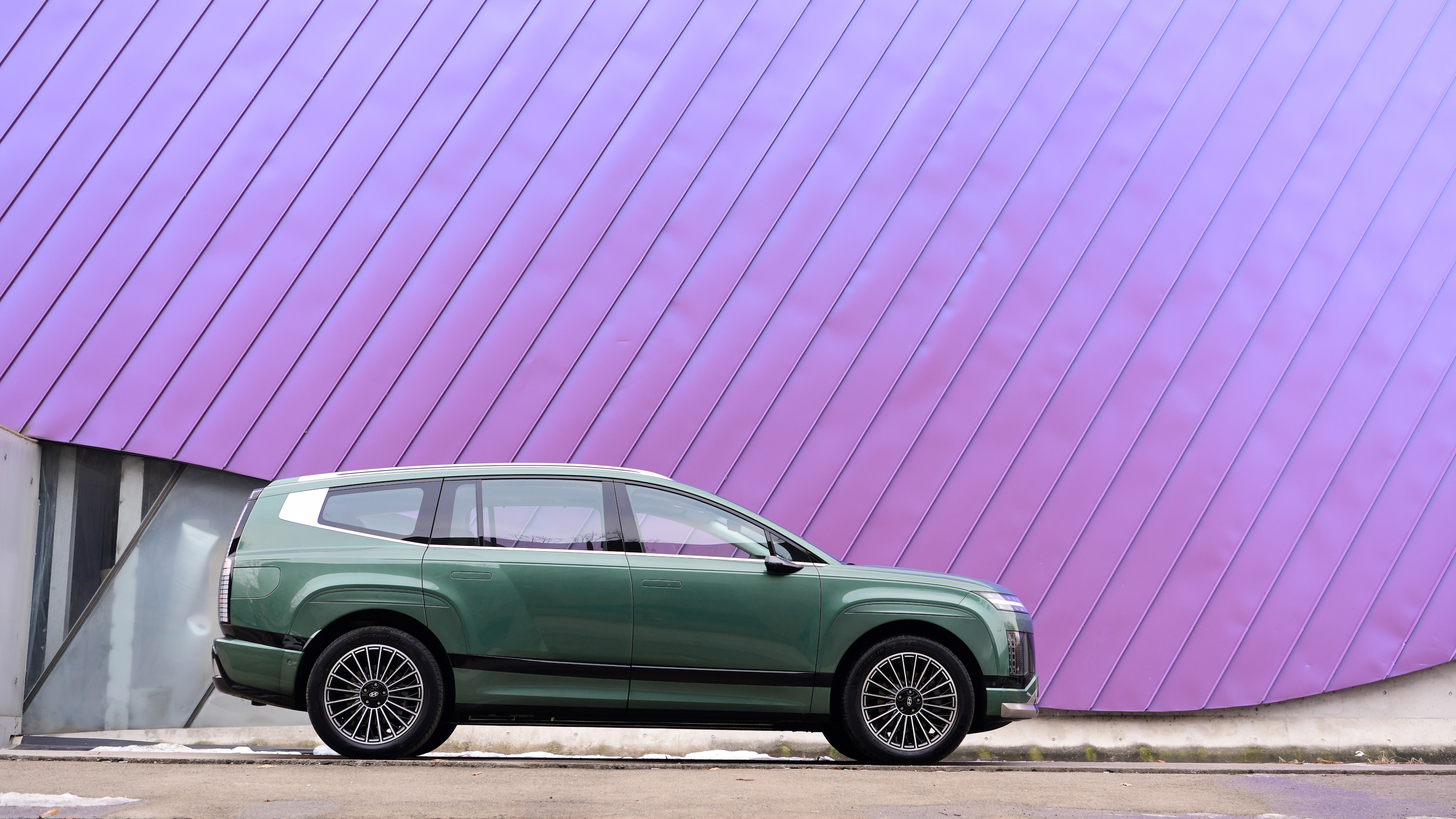 Long-range, refined and spacious, the new Hyundai Ioniq 9 is like a private jet on wheels
Long-range, refined and spacious, the new Hyundai Ioniq 9 is like a private jet on wheelsWallpaper* takes the Ioniq 9 on an electric road trip from Seoul to Busan to explore Hyundai’s newest and largest EV to date
By Jonathan Bell
-
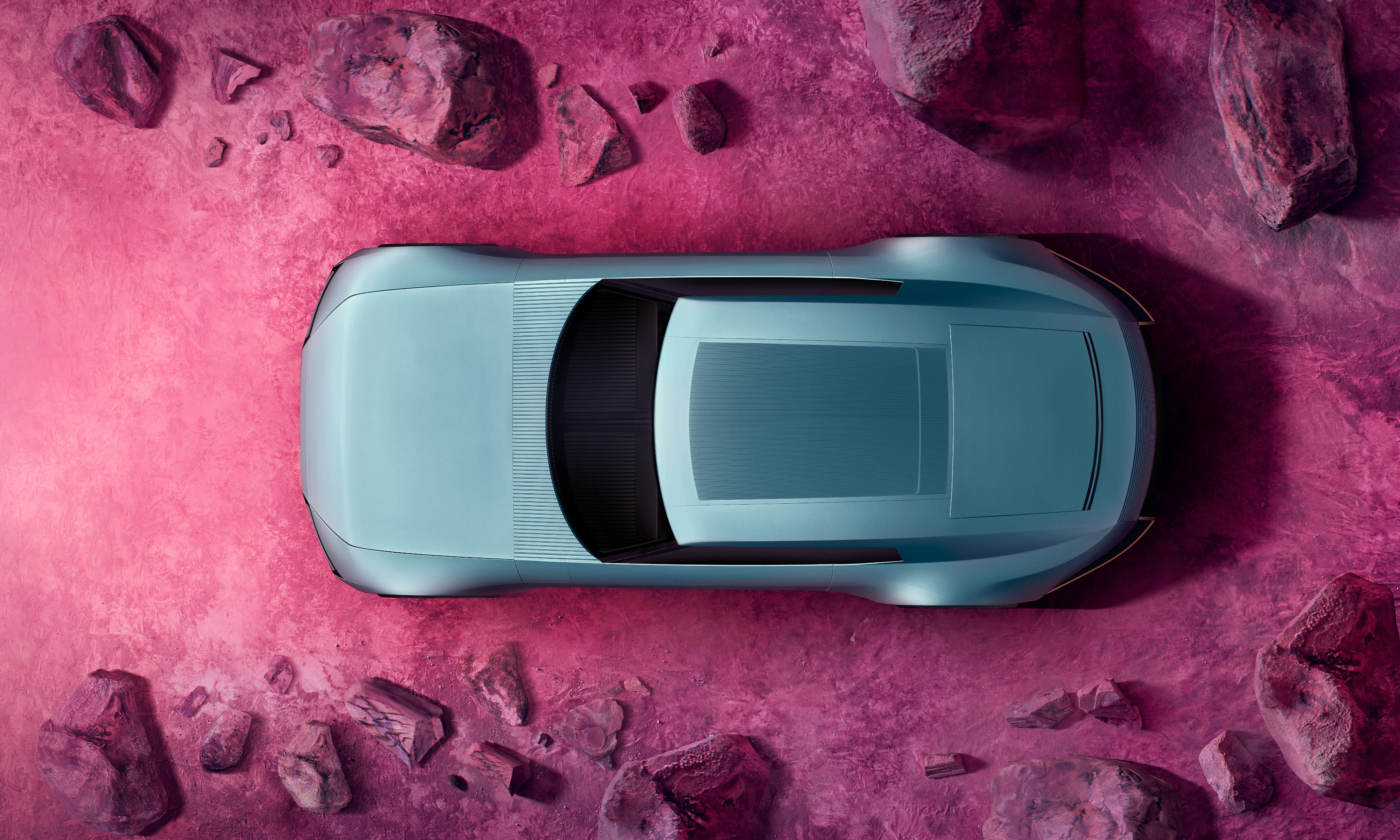 The top 10 concept cars of 2024, as selected by Wallpaper’s Transport Editor
The top 10 concept cars of 2024, as selected by Wallpaper’s Transport EditorWe round up our favourite forays into futuristic design with this collection of concepts and design studies showcasing the transport of tomorrow
By Jonathan Bell
-
 Michael Mauer on two decades at the helm of Porsche’s design
Michael Mauer on two decades at the helm of Porsche’s designPorsche’s signature style has diversified in recent years, thanks to the design leadership of Michael Mauer. We caught up with him to reflect on his 20 years in the hot seat
By Rory FH Smith
-
 Team Ikuzawa brings the art of Daniel Arsham to motorsport
Team Ikuzawa brings the art of Daniel Arsham to motorsportCreative director Mai Ikuzawa has overseen a new capsule clothing collection, a collaboration with artist Daniel Arsham that also honours her racing driver father Tetsu Ikuzawa
By Josh Sims
-
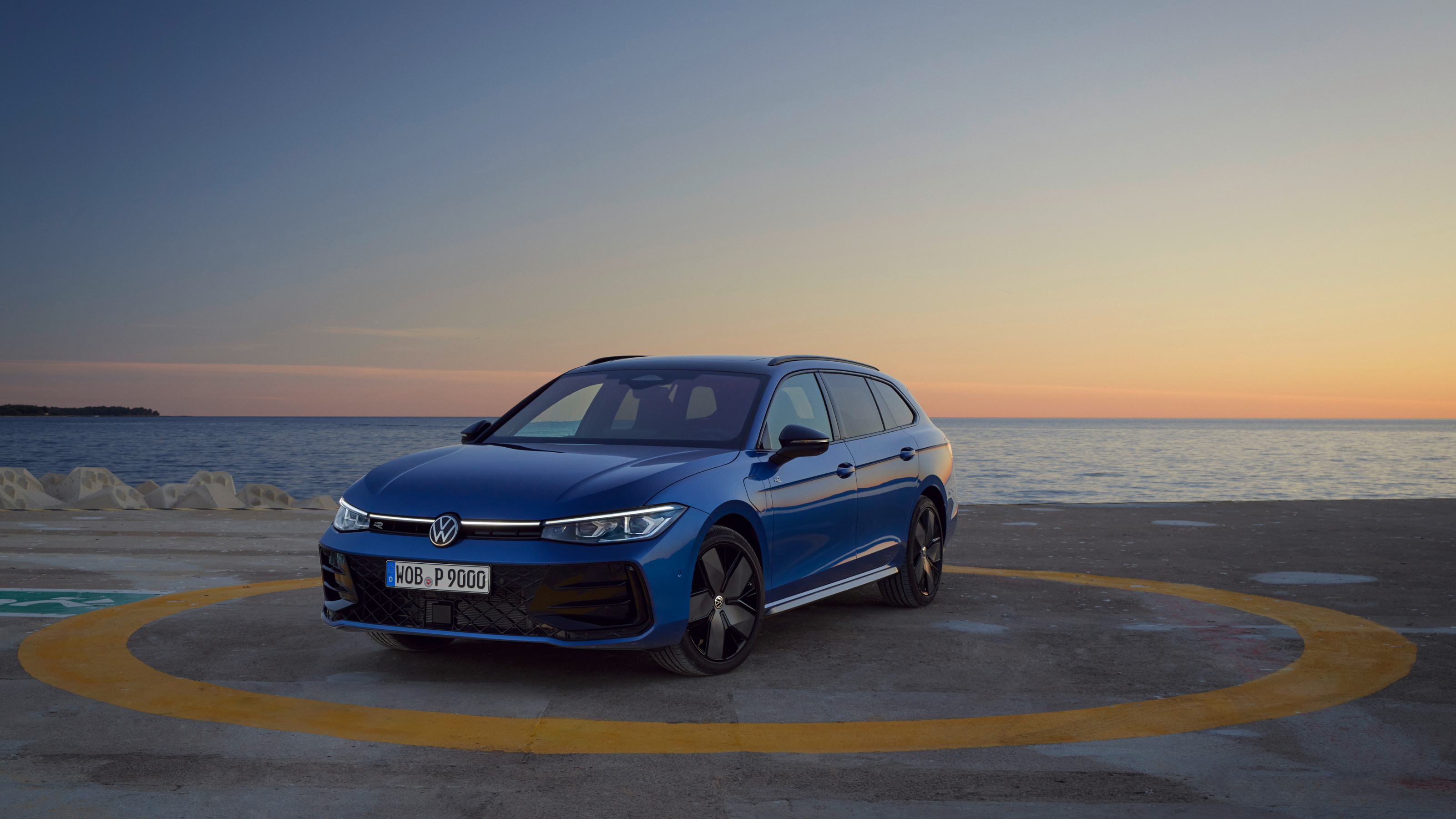 The Volkswagen Passat is a sober, straight edged estate car that feels increasingly out of time
The Volkswagen Passat is a sober, straight edged estate car that feels increasingly out of timeWhy would anyone pass on a Passat? Volkswagen’s big load lugger proves that the old ideas are still the best
By Jonathan Bell
-
 Volkswagen celebrates 50 years of the Golf, its most famous modern model, with a flight of fancy
Volkswagen celebrates 50 years of the Golf, its most famous modern model, with a flight of fancyWallpaper* travelled to eastern Turkey in search of the perfect backdrop to mark 50 years and eight generations of the evergreen VW Golf
By Adam Hay-Nicholls